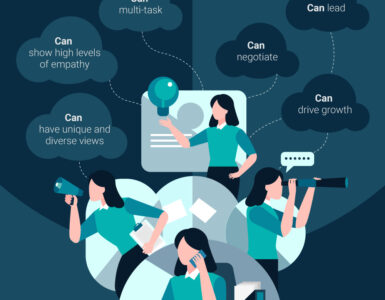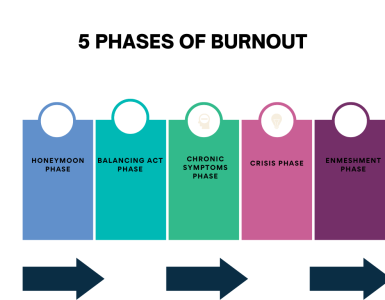This article will explain what the metaverse is, why logistics leaders should pay attention, and how the industry can benefit from it.
The logistics leader’s guide to the metaverse: building relationships using virtual worlds
Why should you care about the metaverse as a logistics leader?
It is impossible to use the internet and not come across the term metaverse these days. Facebook rebranding as Meta was perhaps the top headline that started the buzz. Artists like Travis Scott and Ariana Grande performed concerts in the metaverse, setting a new trend. In the business world, Microsoft and Meta have already invested billions of dollars into the metaverse.
But the metaverse is not still well understood by some business leaders. That could cost their companies greatly in the future. The metaverse market is projected to be worth 1.3 trillion dollars by 2030.
Learn about the metaverse and how you can use it to build relationships as a leader in logistics.
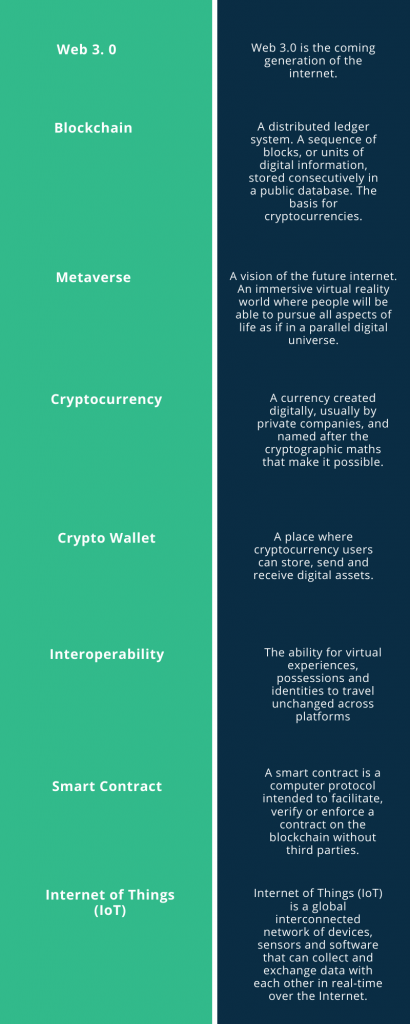
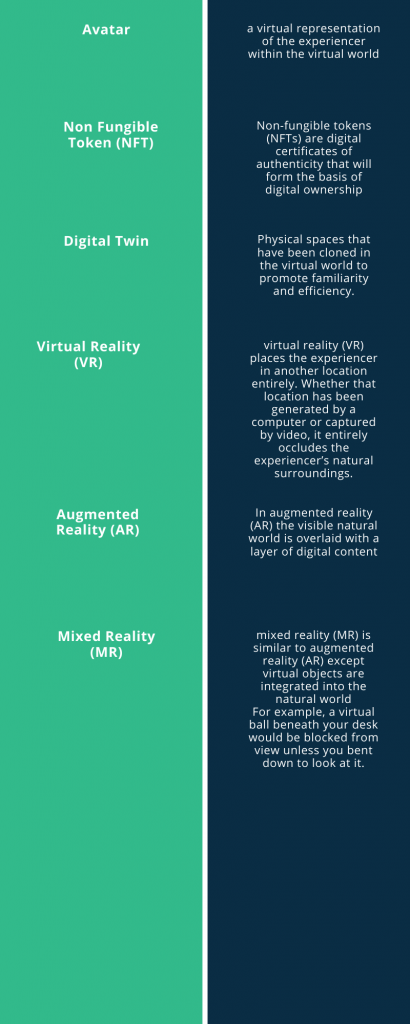
What is the metaverse?
Origins of the metaverse
The word metaverse is a combination of the words meta and universe.It was coined by science fiction writer Neal Stephenson, in the 1992 novel Snow Crash. Stephenson’s metaverse was a computer-generated universe – a successor to the internet, where people explore virtual reality, using digital avatars.
The metaverse we see now is built on technologies such as Virtual Reality (VR), Augmented Reality (AR), Artificial Intelligence (AI), the Internet of Things (IoT), 5G, and blockchain technology. A VR or AR set gives you access. The metaverse will continue to evolve in the future.

Definitions of the metaverse
It is not easy to come up with a single definition of the metaverse. Many people have tried to define the metaverse. Here are some of the famous ones.
“an expansive network of persistent, real-time rendered 3D worlds and simulations that […] can be experienced synchronously by an effectively unlimited number of users, each with an individual sense of presence.”
Matthew Ball, Venture Capitalist
Ball goes on to list 7 characteristics of the metaverse he thinks it will have or be.
- Persistent, never pausing or stopping, continuing indefinitely
- Synchronous and live,a living experience that exists consistently for everyone and in real-time
- Providing each user with an individual sense of “presence”, while having no cap to concurrent users
- A fully functioning economy, allowing creation, selling, ownership, and investment for individuals and businesses
- An experience, that spans both the digital and physical worlds, private and public networks/experiences, and open and closed platforms
- Unprecedented interoperability, of data, digital items/assets, content, and so on across each of metaverse experiences
- Populated by “content” and “experiences” created and operated by an incredibly wide range of contributors
The founder of Meta thinks of the metaverse as a platform.
“…an embodied internet where you’re in the experience, not just looking at it. We call this the metaverse, and it will touch every product we build.The defining quality of the metaverse will be a feeling of presence — like you are right there with another person or in another place.”
Mark Zuckerberg
Entrepreneur Shaan Puri thinks the metaverse is a moment in time. A moment where our digital lives become more important than our physical ones.

All these definitions share some things in common: an immersive digital world, which may be indistinguishable from physical life at its technological peak, where there is “virtual life”, blending into real life.
“There are 100s of definitions of what the metaverse is. But really, all of us are likely wrong in what it will be.
Having said that, there are fundamental elements of the metaverse that we see today and have been evolving over the last few years: 3D in real-time, highly collaborative multi-user experiences, photo-realistic rendering, etc.”
Dave Rhodes, Senior Vice President of Digital Twins, Unity
Metaverse and Web 3.0
The metaverse is often discussed together with things such as Web3, blockchain, cryptocurrencies, and non-fungible tokens (NFTs). Here is how they relate to each other.
- Metaverse and Web 3.0: As the digital worlds of the metaverse would be interoperable and decentralised, Web 3.0 would be the basis of the metaverse.
- Metaverse and blockchain: The blockchain allows ownership of digital assets and authentication of such assets across interoperable digital worlds.
- Metaverse and cryptocurrencies: Cryptocurrency can be used to make purchases in the metaverse. Crypto wallets can store digital assets. They could also function as identity verification, contact lists, and a way to control access to certain areas of the metaverse.
- Metaverse and NFTs: NFTs are the proof of ownership of digital assets of the metaverse.
Can you use metaverse for business?
Many companies in the B2C sphere are already using the metaverse for business.
- Coca Cola launched a series of NFTs and auctioned them, marking their entry to the metaverse. Before the auction, the company hosted a metaverse virtual party with music, giveaways, and unboxing of NFTs.
- Hyundai created their own metaverse space, Hyundai Mobility Adventure. The space is aimed at the young followers of the brand. People entering the Hyundai Mobility Adventure can explore Hyundai’s newest vehicles and future mobility solutions virtually.
- Warner Bros. Pictures collaborated with gaming platform Roblox, to host a virtual metaverse party to promote their film, In the Heights. Guests could gather around the spaces they’d find in the movie, watch behind-the-scenes videos and interviews, take a dance tutorial from the movie’s choreographer, and enjoy mini-games.
Like many B2C concepts, metaverse has B2B uses as well. Some notable companies pioneering in the B2B metaverse include the following.
- Microsoft introduced Mesh, a virtual space remote teams can collaborate, meet, and train together using avatars. Mesh is available for Microsoft Teams plus via Mixed Reality (MR) or VR headsets.
- BMW’s digital twin factory, made with NVIDIA’s Omniverse platform, allows virtual planning and engineering for complex manufacturing systems. The virtual factory allows live data to be collected and collated from all the relevant databases to create a joint simulation. This is an innovation from previous generations of virtual factories, which required data to be imported from different sources. The company claims the digital twin has reduced production planning time by 30%.
- Korean Air affiliated logistics company Hanjin, has created a virtual logistics space. Named Hanjin Logiverse Island, the space is planned to be used for customer communication, virtual business conferencing, and providing an experience of Hanjin’s services. The experiential elements would include a fulfilment centre and transport terminals with game elements.

Why should logistics companies start using the metaverse?
Joining the metaverse can improve your efficiency and cut costs, as BMW found out. But the biggest benefits of the metaverse lie in the improvement of human relationships.
Real life offers many barriers to effective engagement in business: time constraints, social awkwardness, and distance. With the shift to remote and hybrid work, many people are experiencing zoom fatigue, zoning out, and lack of connection. Research by Standford University has confirmed that these symptoms are not figments of imagination, but real barriers for successful remote work.
Metaverse with its colourful digital avatars and gamification allows people to enjoy their virtual interactions, and have fun while being productive. Respondents of a 2021 survey on the metaverse were asked their top reasons for using the metaverse. The answers? Overcoming real-life obstacles for activities and improved creativity.
Baruch Labunski, CEO of web design and internet marketing firm Rank Secure, sees virtual B2B sales and training as two key areas logistics can use the metaverse for relationship building.
“First, I believe we’ll see virtual marketplaces flourish. Delivering richly textured virtual shopping experiences coupled with AI-fueled logistics will give businesses an emotionally satisfying experience that will create and nurture loyalty while also maximising efficiencies.
And second, as manufacturing, shipping, and warehousing needs respond to the marketplace, using the metaverse as a training tool can help ensure that a workforce is in place and ready, decreasing the expenses and delays associated with in-person training. Language barriers, geographic challenges, and training programs that respond to individual users’ needs are just a few of the capabilities of metaverse-based training and education that will benefit logistics.”
Creative your own virtual logistics world can improve your relationship with both people inside and outside your company. Most departments would be able to use the space for their benefit as well.
How logistics companies can start building relationships using the metaverse
Getting started with the metaverse can seem like a daunting task. There is an initial investment into technology; you need AR/VR sets, fast internet, and cloud storage at the least. The technology involved in the metaverse will rapidly grow as time goes on.
But, a bigger ask is the visionary leadership necessary for innovation. The metaverse is cutting edge technology. World building has its challenges, in the form of privacy concerns and overstimulation. An ethos that supports remote work, embraces change, and believes in empathy for employees and customers is first necessary.
Dave Rhodes, Senior Vice President of Digital Twins, at Unity, the largest real-time 3D company in the world, commented on the leadership necessary for a successful company metaverse. According to him, there are many misconceptions among leaders about the metaverse.
“The funniest one is the idea that the metaverse is a single destination where everybody lives digitally and spends all their time. Another one is the metaverse equals VR. Or this one metaverse will eliminate the need for us to go out into the world and experience things physically.
Just not true. What is true is that spatial computing (an element of the Metaverse) will become more and more ubiquitous in our daily lives. The key here is that it will enhance our physical experience in the world.
The biggest challenge for companies is the ability to wade through the hype and the feeling that they have to have the metaverse all figured out before getting started. There is a tremendous amount of FOMO (Fear of Missing Out).
The ideal mindset is one of ‘how can I take practical steps now towards metaverse experiences that both impact my current business and build the expertise and capabilities that set me up as the Metaverse evolves?’
Bring real-time 3D into your work processes, gain expertise across many platforms/form factors, invest in connecting your digital workflows and physical assets.”




Start with digital transformation
If you’re a leader in a logistics company who has the resources to venture into the metaverse, it might be worth exploring. But, organisations that are laggards to the digital learning curve cannot now make the transition to metaverse technology immediately. This is a leadership issue that may hurt them in time to come.
Digital transformation is about talent, culture, and strategy – not technology. When companies simplify their business models and internal processes, real digital transformation takes place.
People are discovering a new normal of doing things. Leadership used to be about best practices. It is now about next practices.
Cargowise and SFL have partnered to bring the best of the next practices in the Logistics Industry. Outsmart your competition and make the first step by investing in remote work-related technology.
Book a free discovery call today and take the next step toward the new world of logistics.


